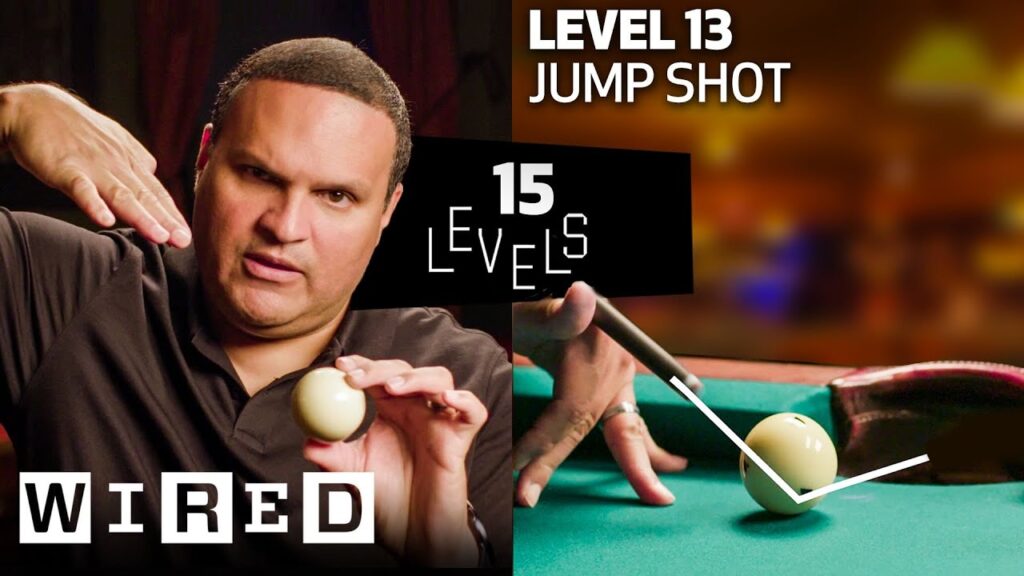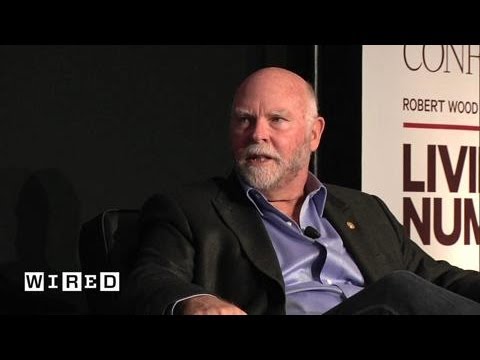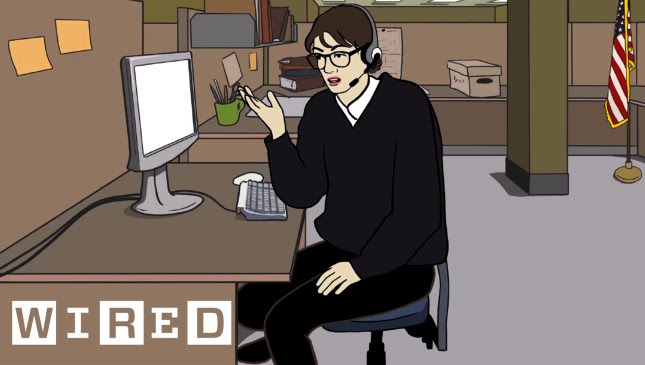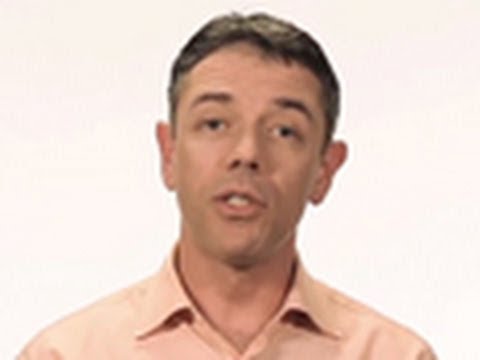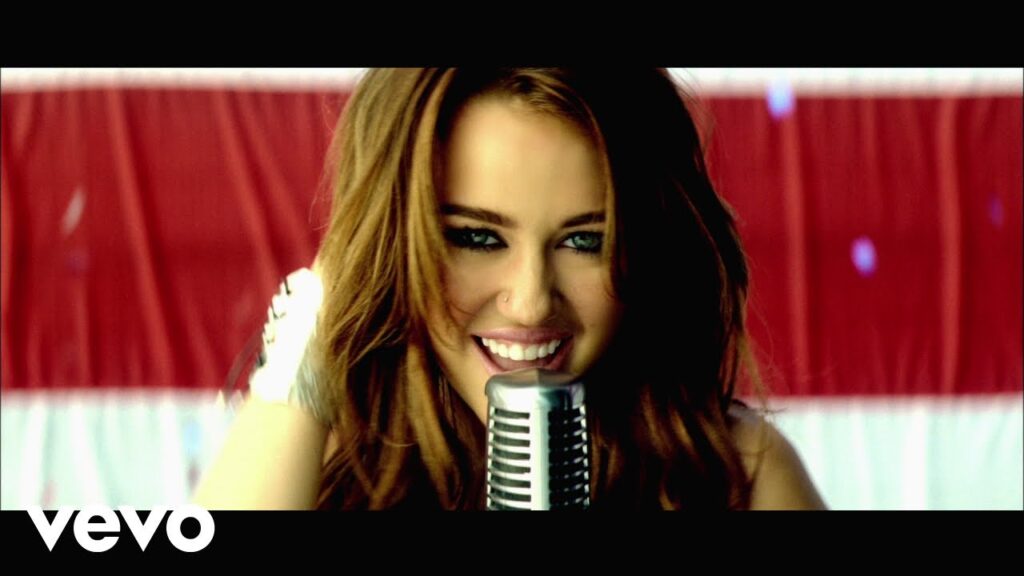Expert DJ Dylan Francis shares his DJing expertise and experience
Summary
Professional DJ Dylan Francis answers questions related to DJing and shares his knowledge and experience. He emphasizes that DJing involves more than just mixing music, as it requires the ability to read and connect with the crowd. Dylan also discusses the importance of good hardware and song selection, as well as the potential for physical strain during prolonged performances.
Table of Contents
- The Importance of Connecting with the Crowd
- Gear Talk: Choosing the Right Hardware
- The Art of Remixing and Song Selection
- Back-to-Back Sets and DJ Pranks
- Serato with CDJs: Connecting the Two
- DJing and Physical Strain
Introduction
DJing is an art that involves more than just mixing music. To truly engage and entertain a crowd, a DJ must have the ability to read the energy of the room and connect with the audience. In this Q&A article, we’ll hear from professional DJ Dylan Francis as he shares his insights and experiences on the world of DJing.
The Importance of Connecting with the Crowd
Q: What do you think is the most important skill for a DJ to have?
A: As a DJ, it’s important to be able to read the crowd and connect with the audience on a personal level. You need to be able to get a feel for what songs and beats people are responding to and adapt your set accordingly.
Q: How do you keep the energy up during a long set?
A: One of the best ways to keep the energy up is to mix up the music and not stay within one genre or BPM for too long. You also need to be aware of the energy level of the crowd and respond accordingly with your song choices.
Q: Do you think it’s important for a DJ to interact with the crowd?
A: Absolutely! Engaging with the crowd can be a great way to build excitement and momentum during a set. You don’t have to be a hype man on the mic, but little gestures like fist-pumps and high-fives can go a long way in connecting with the audience.
Gear Talk: Choosing the Right Hardware
Q: Do you have any hardware recommendations for DJs just starting out?
A: As a Beginner DJ, you should go with something that is user-friendly and not too complicated. Pioneer setup is a good starting point and is considered to be the industry standard. You will also need to invest in a good pair of headphones and earplugs as it is really important to protect your ears during loud sound exposure.
Q: Do CDJs have a louder volume than controllers?
A: No, they don’t. CDJs and controllers have similar capabilities when it comes to volume.
Q: What do you look for in a good CDJ?
A: A good CDJ needs to be as responsive as vinyl when it comes to cuing songs. It should also have a durable construction and a jog wheel with a good amount of resistance.
The Art of Remixing and Song Selection
Q: What’s your favorite remixed version of a song you’ve produced?
A: I really love the Jauz remix of my song “Say Less”. It’s got a great bassline and really brings out the energy of the track in a different way.
Q: How do you choose the right songs for your set?
A: It all comes down to reading the crowd and matching their energy with your song selection. I also like to mix in my own tracks with other popular songs to keep things fresh and interesting.
Q: Do you have any tips for transitioning between songs smoothly?
A: You want to make sure that you’re beatmatching the two tracks to keep the rhythm seamless. But beyond that, it’s all about trusting your ears and finding two songs that complement each other in terms of key, energy, and style.
Back-to-Back Sets and DJ Pranks
Q: Do DJs ever prank each other during a show?
A: Oh yeah, all the time! There have been times when I’ll be playing a set and another DJ will sneak on stage and start scratching over my tracks. It’s all in good fun, and it keeps things interesting.
Q: Can you explain what a back-to-back set is?
A: A back-to-back set is when two DJs perform together, alternating tracks and sharing the stage. It can be a lot of fun and is a great way to showcase different styles and energies.
Serato with CDJs: Connecting the Two
Q: How do you connect Serato to a CDJ?
A: First, you need to have a Serato-enabled mixer or interface. Then, you can connect your computer to the mixer/interface via USB and connect the CDJ to the mixer/interface with RCA cables. From there, you can control Serato with the CDJ.
Q: What are the advantages of using CDJs over turntables?
A: CDJs are much more user-friendly and reliable than turntables. They also have advanced features like hot cues and looping that make it easier to mix and manipulate tracks.
DJing and Physical Strain
Q: Can DJing cause physical strain over time?
A: Absolutely. Prolonged periods of standing and exposure to loud music can cause strain on the ears, back, and neck. It’s important to take breaks and listen to your body to avoid injury or strain.
Conclusion
DJing is a complex and rewarding art form that requires skill, creativity, and the ability to read a room full of people. By following the advice and experiences shared by experts like Dylan Francis, aspiring DJs can develop the techniques and knowledge needed to succeed in this exciting and ever-evolving field.

